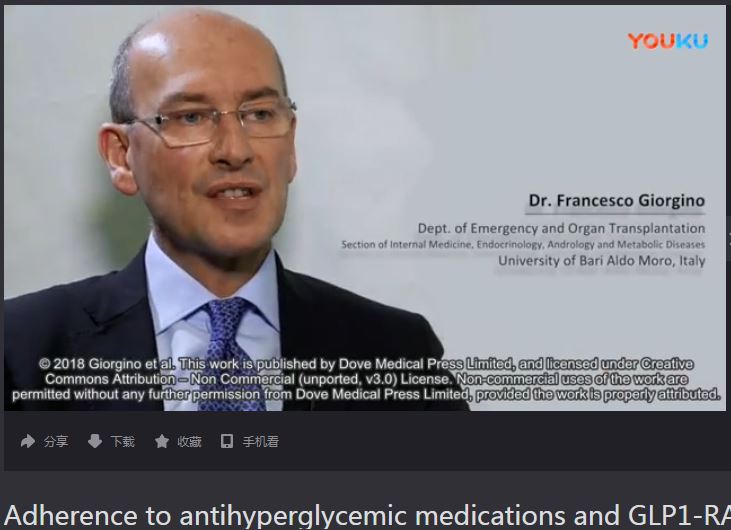9 0 9 6 8
论文已发表
注册即可获取德孚的最新动态
IF 收录期刊
- 2.6 Breast Cancer (Dove Med Press)
- 3.9 Clin Epidemiol
- 3.3 Cancer Manag Res
- 3.9 Infect Drug Resist
- 3.6 Clin Interv Aging
- 4.8 Drug Des Dev Ther
- 2.8 Int J Chronic Obstr
- 8.0 Int J Nanomed
- 2.3 Int J Women's Health
- 3.2 Neuropsych Dis Treat
- 4.0 OncoTargets Ther
- 2.2 Patient Prefer Adher
- 2.8 Ther Clin Risk Manag
- 2.7 J Pain Res
- 3.3 Diabet Metab Synd Ob
- 4.3 Psychol Res Behav Ma
- 3.4 Nat Sci Sleep
- 1.9 Pharmgenomics Pers Med
- 3.5 Risk Manag Healthc Policy
- 4.5 J Inflamm Res
- 2.3 Int J Gen Med
- 4.1 J Hepatocell Carcinoma
- 3.2 J Asthma Allergy
- 2.3 Clin Cosmet Investig Dermatol
- 3.3 J Multidiscip Healthc

Adherence to antihyperglycemic medications and glucagon-like peptide 1-receptor agonists in type 2 diabetes: clinical consequences and strategies for improvement
Authors Giorgino F, Penfornis A, Pechtner V, Gentilella R, Corcos A
Received 15 September 2017
Accepted for publication 28 February 2018
Published 7 May 2018 Volume 2018:12 Pages 707—719
DOI https://doi.org/10.2147/PPA.S151736
Checked for plagiarism Yes
Review by Single-blind
Peer reviewers approved by Dr Amy Norman
Peer reviewer comments 2
Editor who approved publication: Dr Johnny Chen
Abstract: Adherence to antihyperglycemic medications is often suboptimal in
patients with type 2 diabetes, and this can contribute to poor glycemic
control, increased hospitalization, and the development of diabetic
complications. Reported adherence rates to antihyperglycemics vary widely among
studies, and this may be related to differences in methodology for measuring
adherence, patient populations, and other factors. Poor adherence may occur
regardless of the specific regimen used and whether therapy is oral or
injectable, and can be especially common in chronic, asymptomatic conditions,
such as type 2 diabetes. More convenient drug-administration regimens and
advances in formulations and delivery devices are among strategies shown to
improve adherence to antihyperglycemic therapy, especially for injectable
therapy. This is exemplified by technological developments made in the drug
class of glucagon-like peptide 1-receptor agonists, which are a focus of this
narrative review. Dulaglutide, albiglutide, and prolonged-release exenatide
have an extended duration of action and can be administered once weekly,
whereas such agents as liraglutide require once-daily administration. The
convenience of once-weekly versus once-daily administration is associated with
better adherence in real-world studies involving this class of agent. Moreover,
provision of a user-friendly delivery device has been shown to overcome initial
resistance to injectable therapy among patients with type 2 diabetes. This
suggests that recent innovations in drug formulation (eg, ready-to-use
formulations) and delivery systems (eg, single-dose prefilled pens and hidden,
ready-attached needles) may be instrumental in encouraging patient acceptance.
For physicians who aim to improve their patients’ adherence to
antihyperglycemic medications, it is thus important to consider the patient’s
therapeutic experience (treatment frequency, drug formulation, delivery
device). Better adherence, powered by recent technological advances in the
delivery of glucagon-like peptide 1-receptor agonists, may thus lead to
improved clinical outcomes in type 2 diabetes.
Keywords: type 2 diabetes
mellitus, adherence, compliance, glucagon-like peptide 1-receptor agonists
摘要视频链接:Adherence to
antihyperglycemic medications and GLP1-RAs
